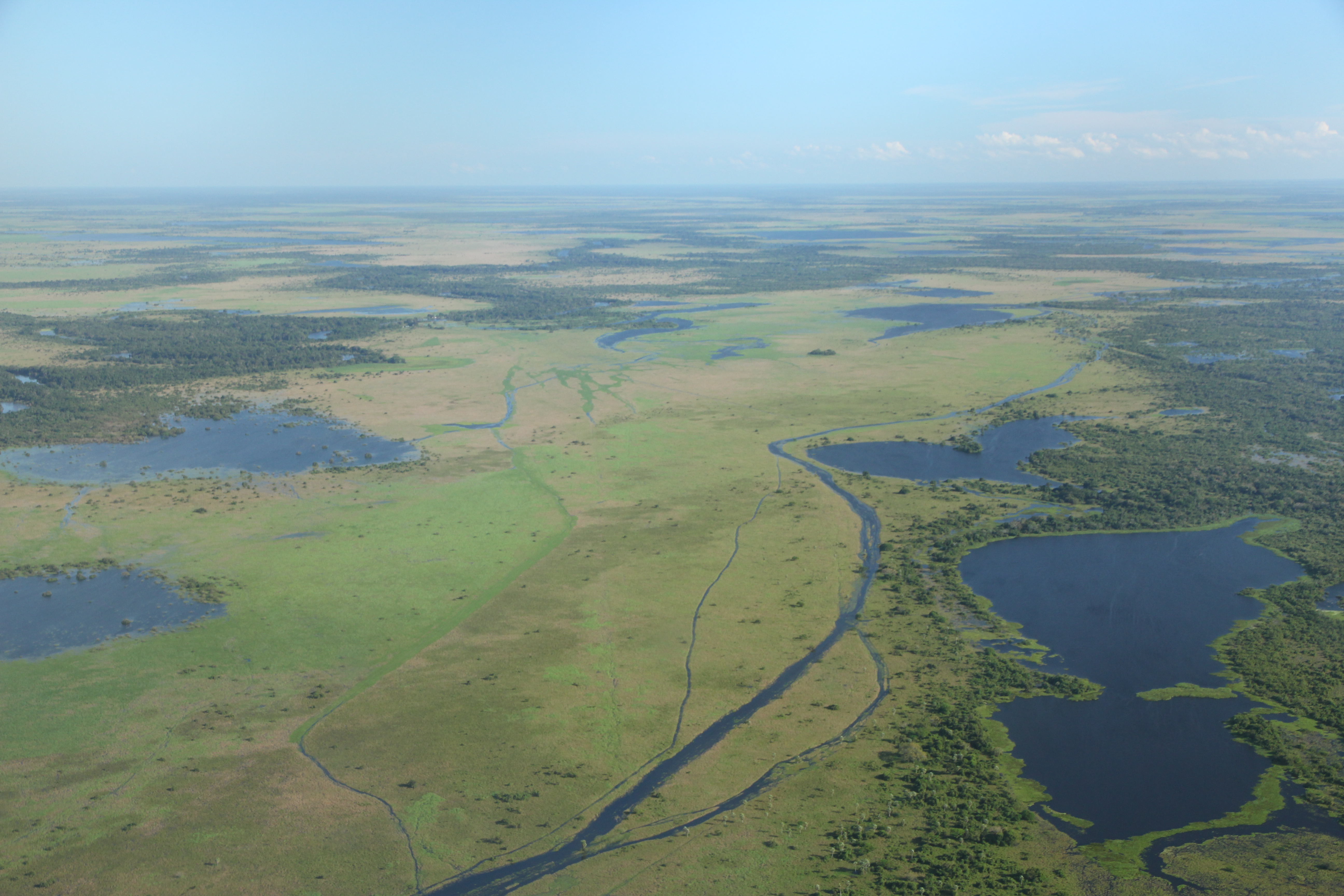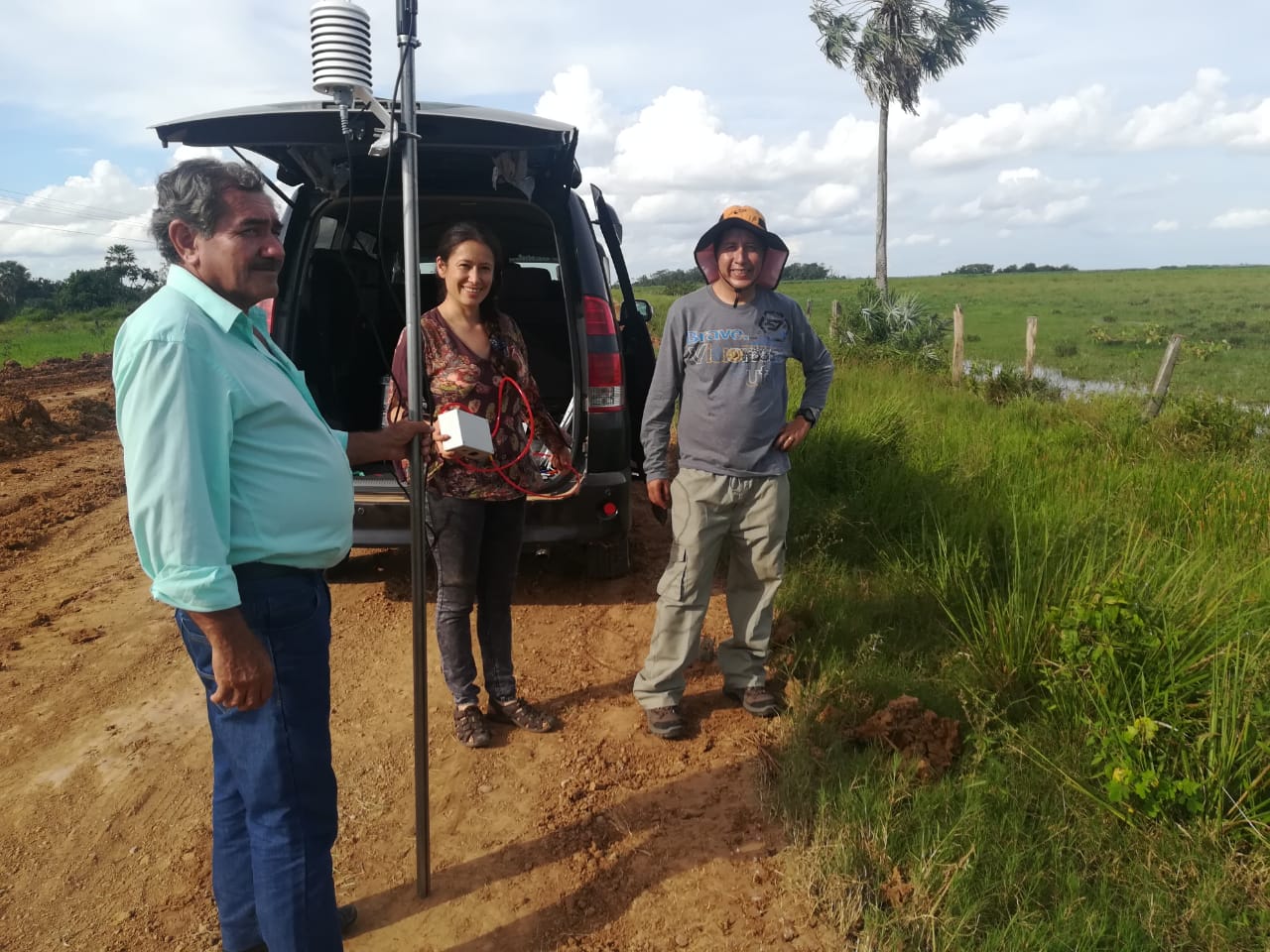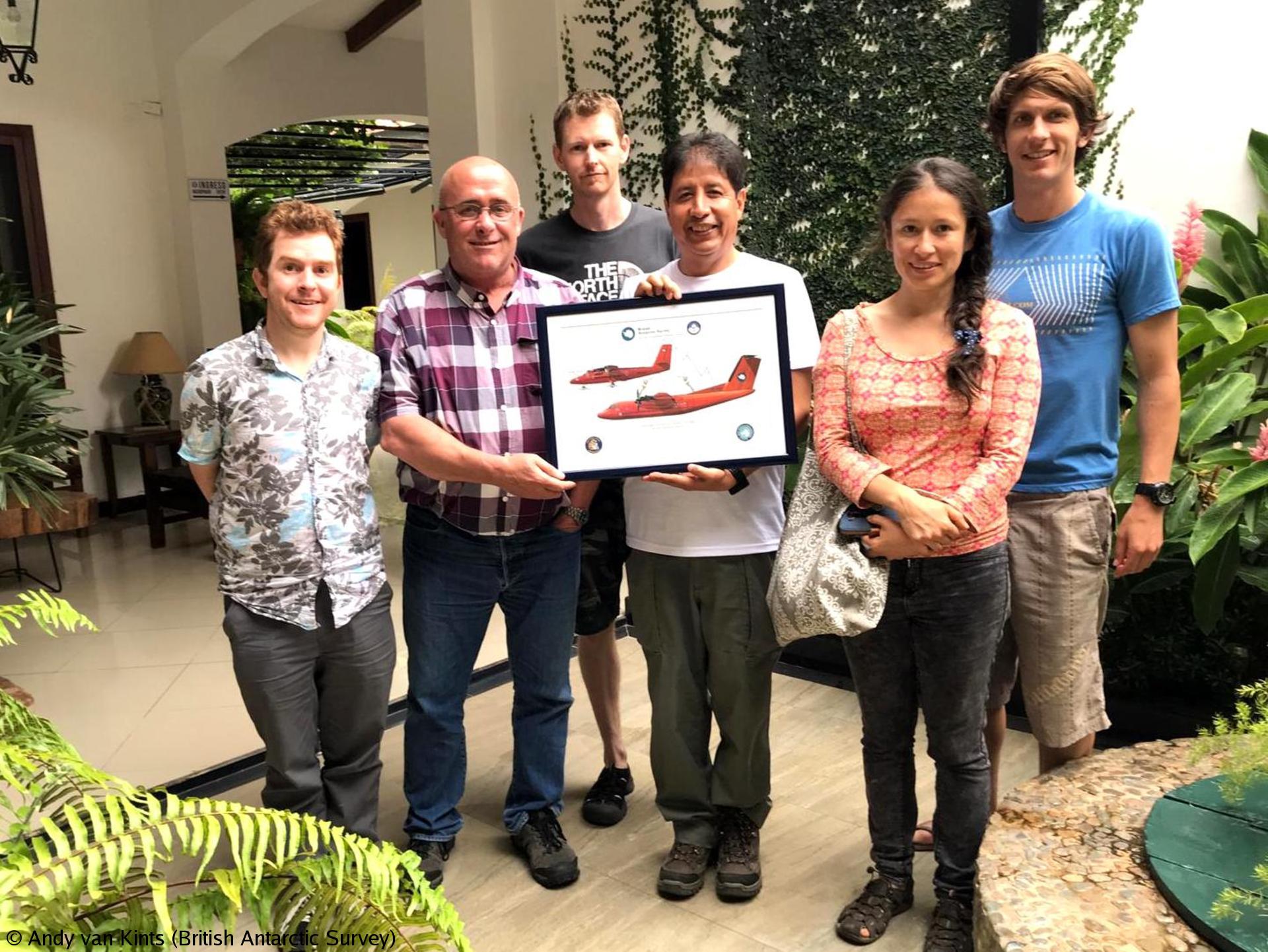Studying methane emissions in Bolivia
12 March, 2019
Dr James France, from British Antarctic Survey and Royal Holloway University, is working with the British Antarctic Survey (BAS) Air Unit to study methane emissions from wetlands in Boliva. He has just completed a week-long flying campaign using one of the BAS Twin Otters fitted with scientific instrumentation. Read on to find out more about his experience.
It’s been a great few days in Trinidad, (a town in Bolivia), working with the BAS Air Unit. We’ve been in Bolivia as part of MOYA – a NERC-funded project to study atmospheric methane.
Our aim is to conduct methane surveys from the air over the large Bolivian wetlands, using BAS’s Twin Otter aircraft that has been instrumented for making measurements of the atmosphere (find out more here). Methane is a powerful greenhouse gas and its concentrations in the atmosphere are both intriguing and worrying. After years of increasing concentrations, the amount of methane in the atmosphere seemed to plateau for a number of years. Since 2007, however, concentrations have been rising rapidly, and we don’t yet know why.
It is important to understand what all the key sources are, so we can make sure they’re all accounted for properly in our global estimates. Although wetlands produce methane naturally, the emissions must be considered as part of the global budget. Identifying how much methane is emitted from natural sources, such as these, is significant for influencing climate policy. If observations show that wetland methane emissions are increasing, it highlights the need to reduce greenhouse gas emissions from other sources, which are within our control to regulate and reduce.
We know wetlands release a large amount of methane, which is produced by microbes living in anaerobic (oxygen-free) conditions, but quite how much methane is coming from places like Bolivia is a large unknown. This flying campaign is the first in the region for the MOYA project. It’s an exciting opportunity to see if the conditions are suitable for obtaining accurate estimates of methane emissions from wetlands using aerial surveys.

Although this aircraft usually operates in the Polar Regions, the timing of the campaign fits in perfectly with the BAS Twin Otters’ annual journey from Antarctica to Canada for maintenance work. This project provides BAS with the opportunity to use its expertise to collect and interpret crucial scientific data that shapes policy, protects the environment and ultimately improves people’s lives.
This weekend, we completed our surveys over the North West of Trinidad. The overall campaign consisted of two flights amounting to eight hours of flying covering approximately 1000 nautical miles. The wetlands themselves have been such a mix, ranging from slightly flooded pasture with cattle still grazing to fully flooded jungle.
During the airborne surveys, Marcos Andrade and Isabel Moreno from Universidad Mayor de San Andres, La Paz, ran a parallel suite of sampling at ground level. This will provide us with an indication of the amount of methane coming from different types of vegetation in the wetlands.

We’ve also managed to take a number of bag samples for analysis back at the lab at Royal Holloway University. These will be used to study the methane isotopic source signature(s), which can help determine the source. This is useful for comparing wetland methane emissions globally at various latitudes and by vegetation type.
The initial look at the aerial data looks promising. The next step of hard work starts when we begin to calibrate and process the data.
